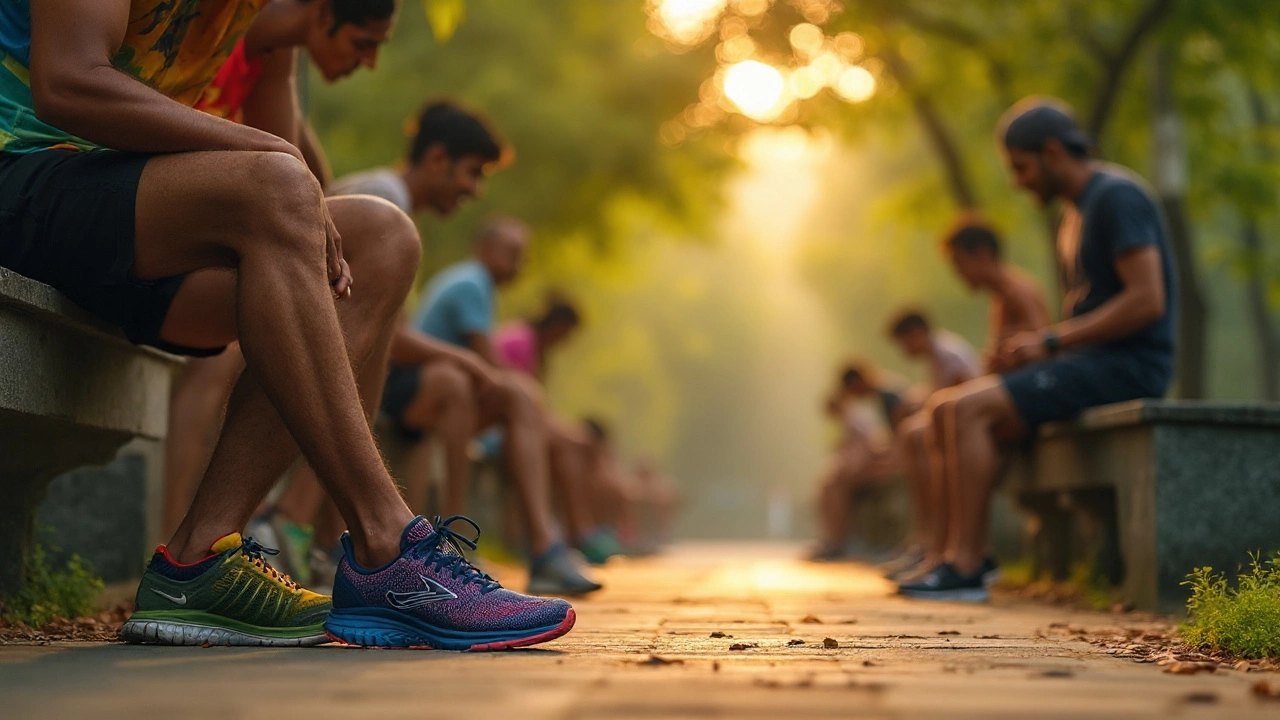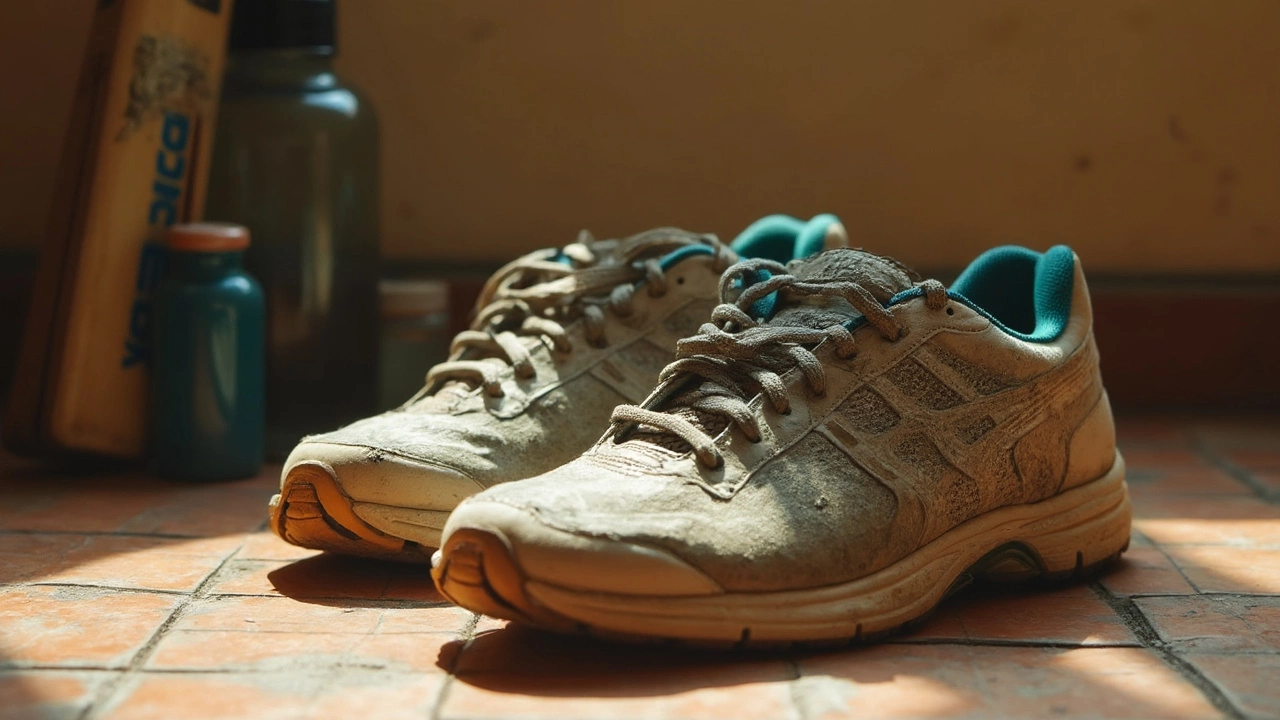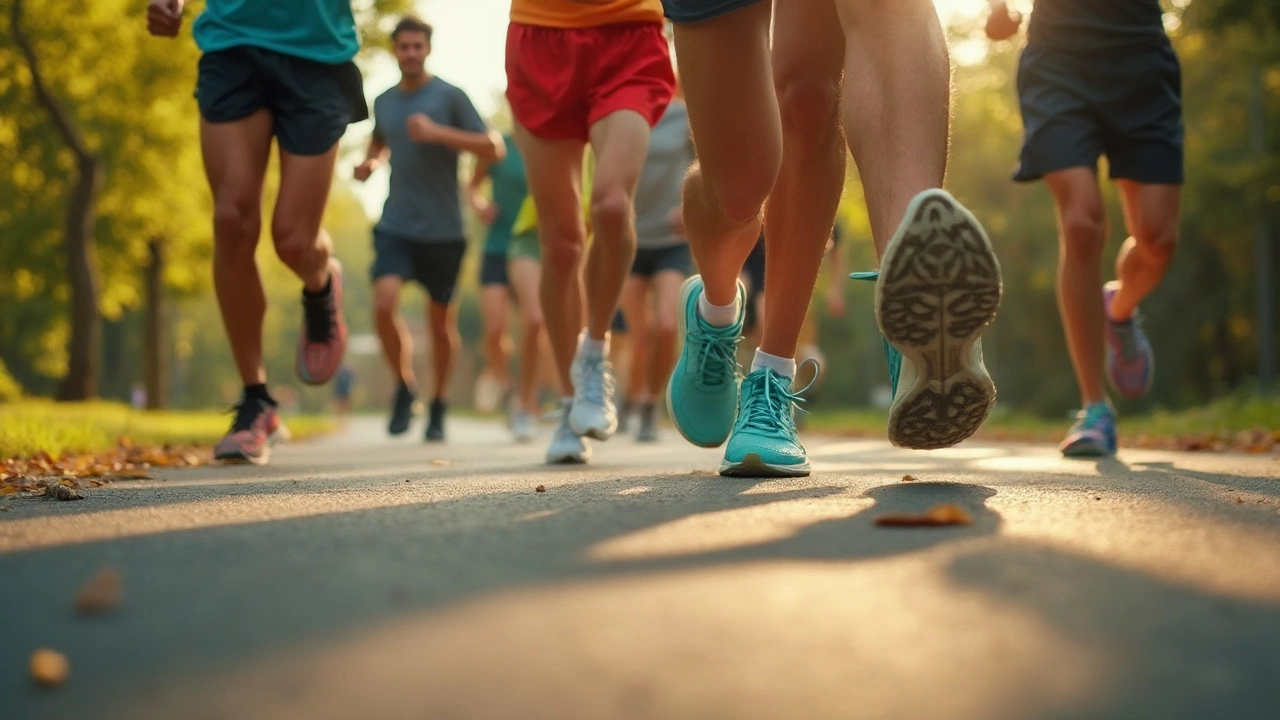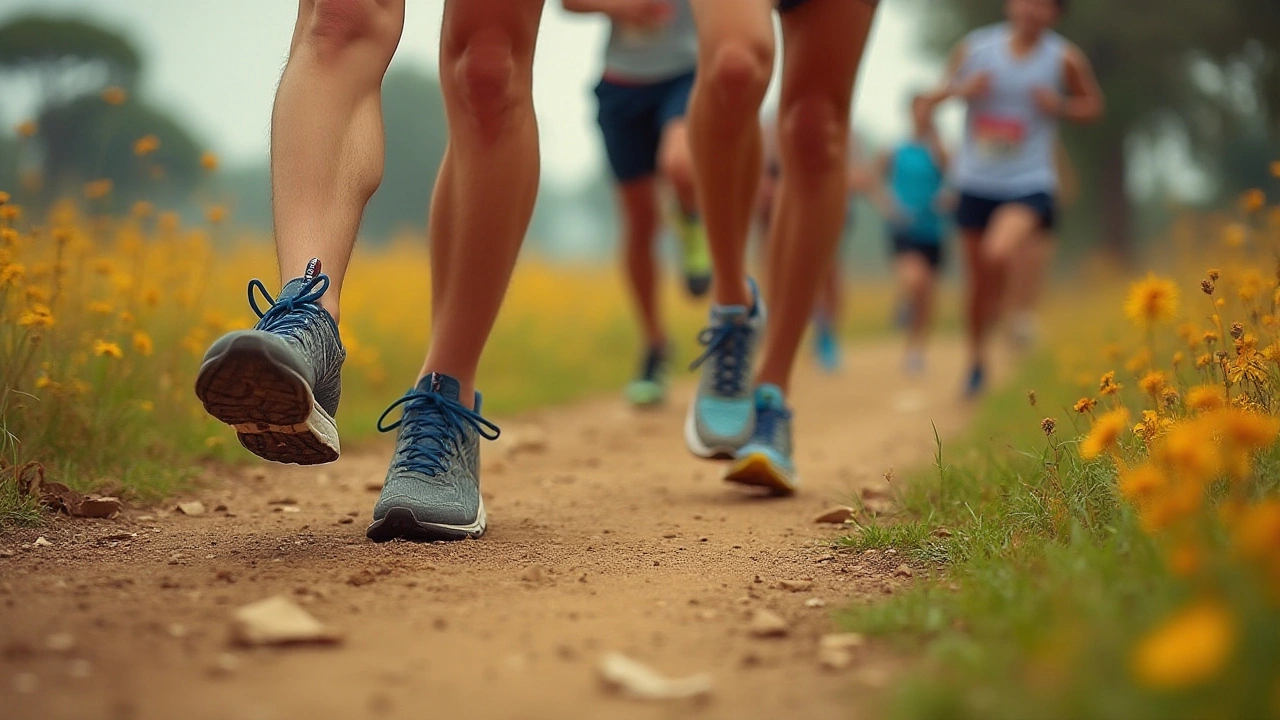Running Gear Essentials: Shoes, Apparel, and Tech You Need
If you’re hitting the pavement, the trail, or the treadmill, the right gear can make a huge difference. It’s not just about looking good – it’s about comfort, safety, and getting the most out of each run. Below you’ll find a straight‑forward rundown of the must‑have items, plus quick tips on how to choose the best options for your needs.
Choose the Right Running Shoes
The single most important piece of gear is your shoes. A good pair cushions impact, supports your foot type, and helps prevent injuries. Start by figuring out if you have a neutral stride, overpronation, or underpronation – a quick gait test at a local store can sort that out. Once you know your foot type, look for shoes that match: neutral cushions for balanced runners, stability shoes for overpronators, and cushioned minimalist options for underpronators.
Don’t be swayed by brand hype alone. Check the midsole material (EVA foam, Boost, or React) and the outsole grip, especially if you run on trails. A comfortable fit means enough room in the toe box and a snug heel – you should feel secure, not squeezed. Replace your shoes every 300‑500 miles to keep the cushioning effective.
Apparel That Moves With You
Running clothes should be lightweight, breathable, and moisture‑wicking. Synthetic fabrics like polyester or nylon pull sweat away, keeping you dry and reducing chafing. For cooler weather, layer with a tight base layer, an insulating mid‑layer, and a wind‑proof outer shell. In hot conditions, opt for loose‑fit tees and shorts with mesh panels for airflow.
Don’t forget the small details: a reflective jacket for early mornings, a good pair of compression socks to improve circulation, and a hat or visor to shield your eyes. All these items add up to a comfortable run, no matter the temperature.
Tech and Accessories That Add Value
Wearable tech isn’t a luxury anymore – it’s a practical tool. A GPS watch tracks distance, pace, and heart rate, helping you stay in the right zone. For beginners, a simple pace alarm can prevent you from starting too fast. If you love music, bone‑conduction headphones stay in place without blocking ambient sounds, keeping you aware of traffic.
Hydration matters, too. Small handheld bottles or waist‑pack bladders let you sip without stopping. For long runs, a fuel belt or pockets for energy gels keep your stamina topped up. And a good pair of anti‑blister gloves can protect your hands when you’re using a phone for navigation.
Putting it all together, the best running gear is the mix that feels natural for you. Start with a solid shoe, layer with breathable clothing, and add tech that serves a purpose – not just a gimmick. Test each piece on a short run before committing to a big purchase, and you’ll quickly find what works best. Happy running!




